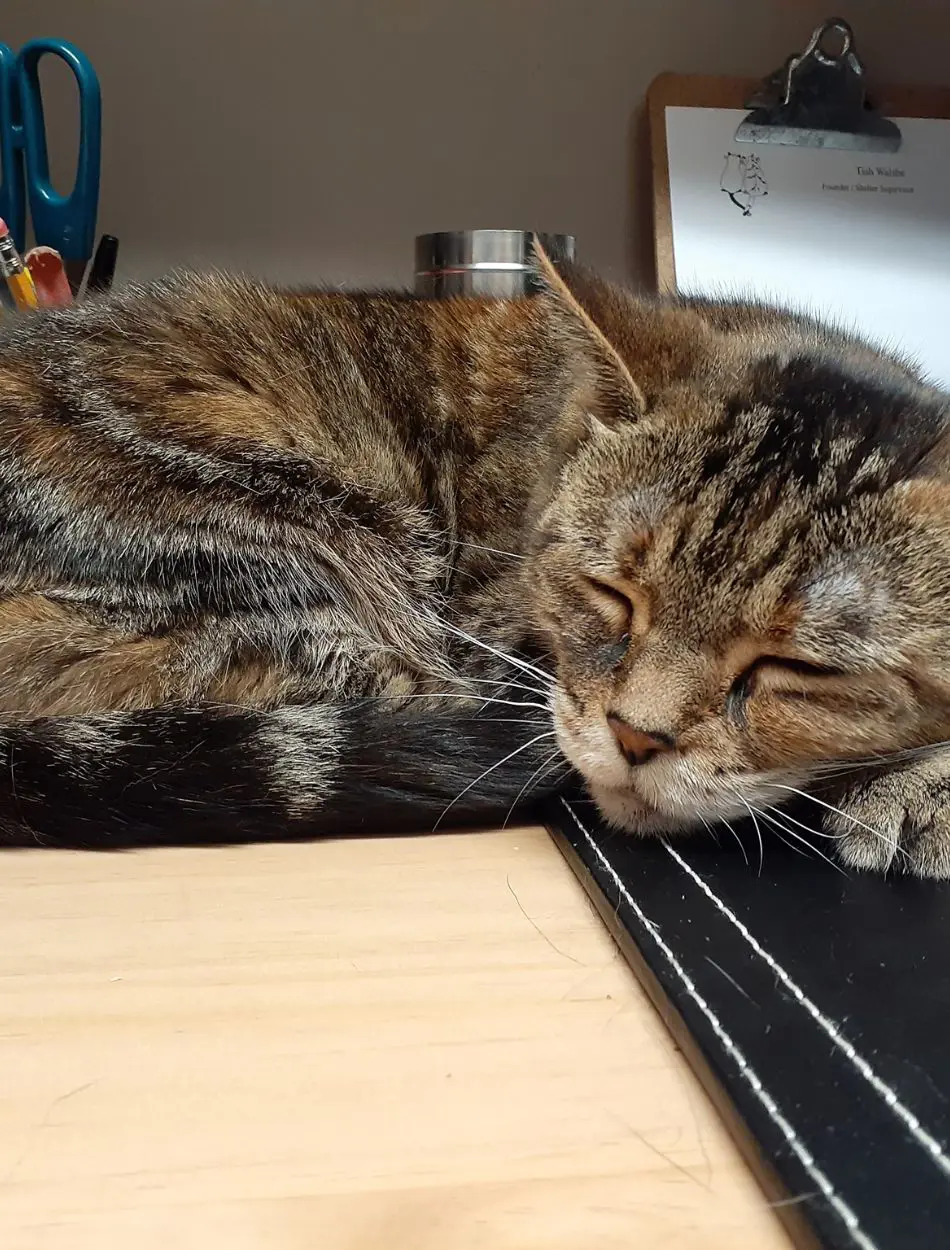15 Ways To Identify Cat Skin Tags

Skin tags on cats usually appear on the epidermal surface of the skin and they will most often be harmless and pose no threat, they'll need to be properly identified by a veterinarian so that other concerns can be ruled out. Skin tags are small, flesh-colored growths, most often asymmetrical, and so are easily noticed and can be differentiated from a plethora of other skin diseases.
As a cat owner, it might be very important to understand how a skin tag looks and behaves to differentiate it from more serious skin conditions. This detailed guide will help you tell if your feline friend has skin tags. You will then be sure you are in a good place and will make the necessary move in time, giving your cat healthy skin all the way.
1. Look For It Carefully
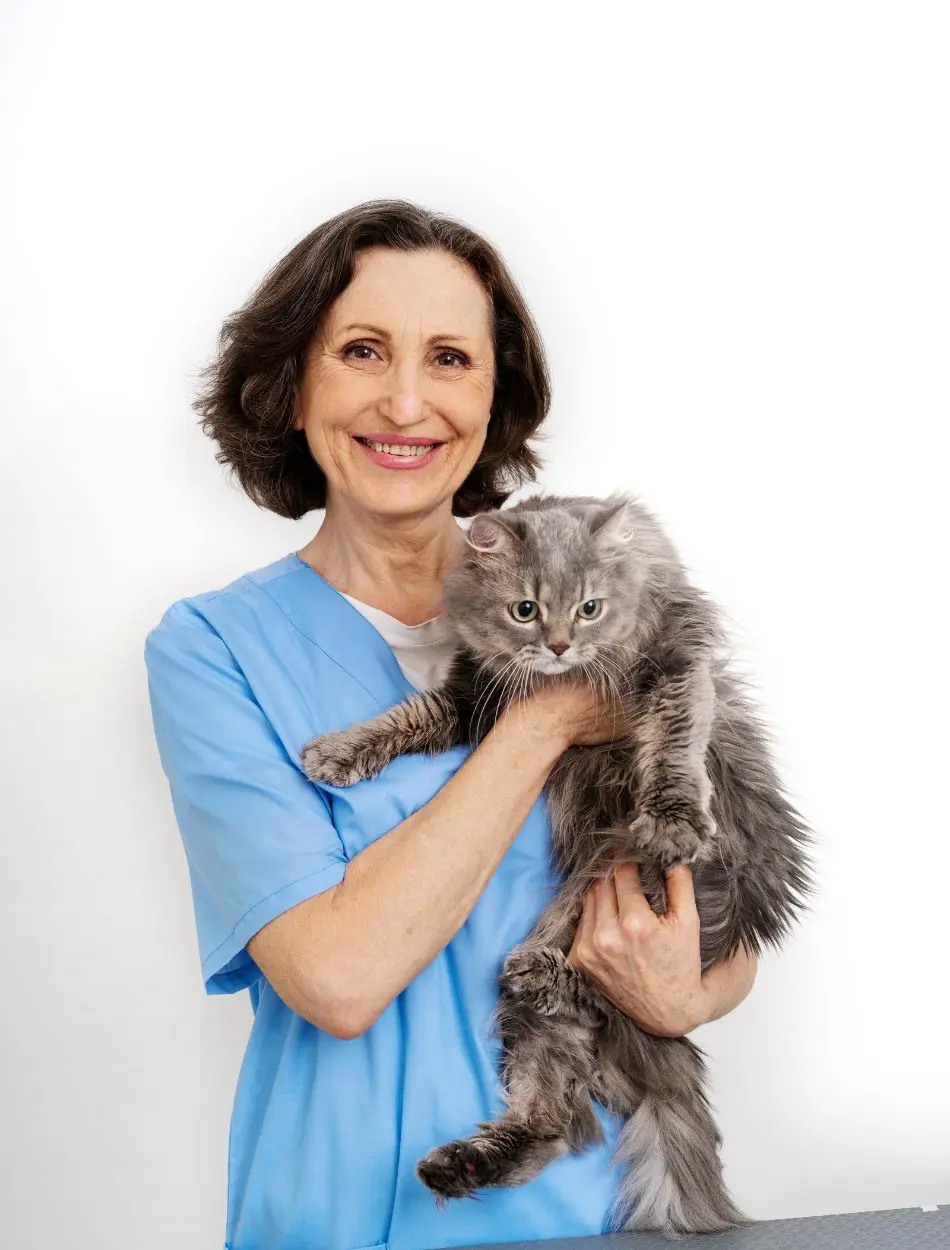
Skin tags on cats are usually small, soft, flesh-colored growths, ranging from a couple of millimeters to a couple of centimeters in size. They usually have the same color as your cat's skin, making them difficult to find, especially when they are hidden under the soft layers of the fur.
In contrast, warts and moles are most typically smooth and often flat, or they may just be slightly elevated. If you were to feel a skin tag, you would see that it feels soft and may even move when touched, as it is usually attached to the skin by a thin stalk.
These features visibly separate them from other skin growths, which may feel hard or have a rough texture. One such growth that you would find in your cat: pretty good evidence that it may be a skin tag.
2. Commonly Found In Intertriginous Area
Most of the time, skin tags are found somewhere on the body where the skin folds, such as on the legs, neck, and even under the armpits. These areas are more prone to friction and often create conditions supporting the growth of skin tags.
These areas should be checked routinely, especially if your cat has a thicker coat or maybe a bit overweight, as it's easy for the tags to go unnoticed. During brushing or petting, it becomes a part of the routine to touch these places gently to see if there are any lumps and swelling.
Early detection will help you monitor the tag for potential risks of it causing your cat any discomfort. In the majority of instances, skin tags found in these regions are harmless; however, should you observe any changes, it is wise to consult your veterinarian.
3. Gradual And Steady Growth
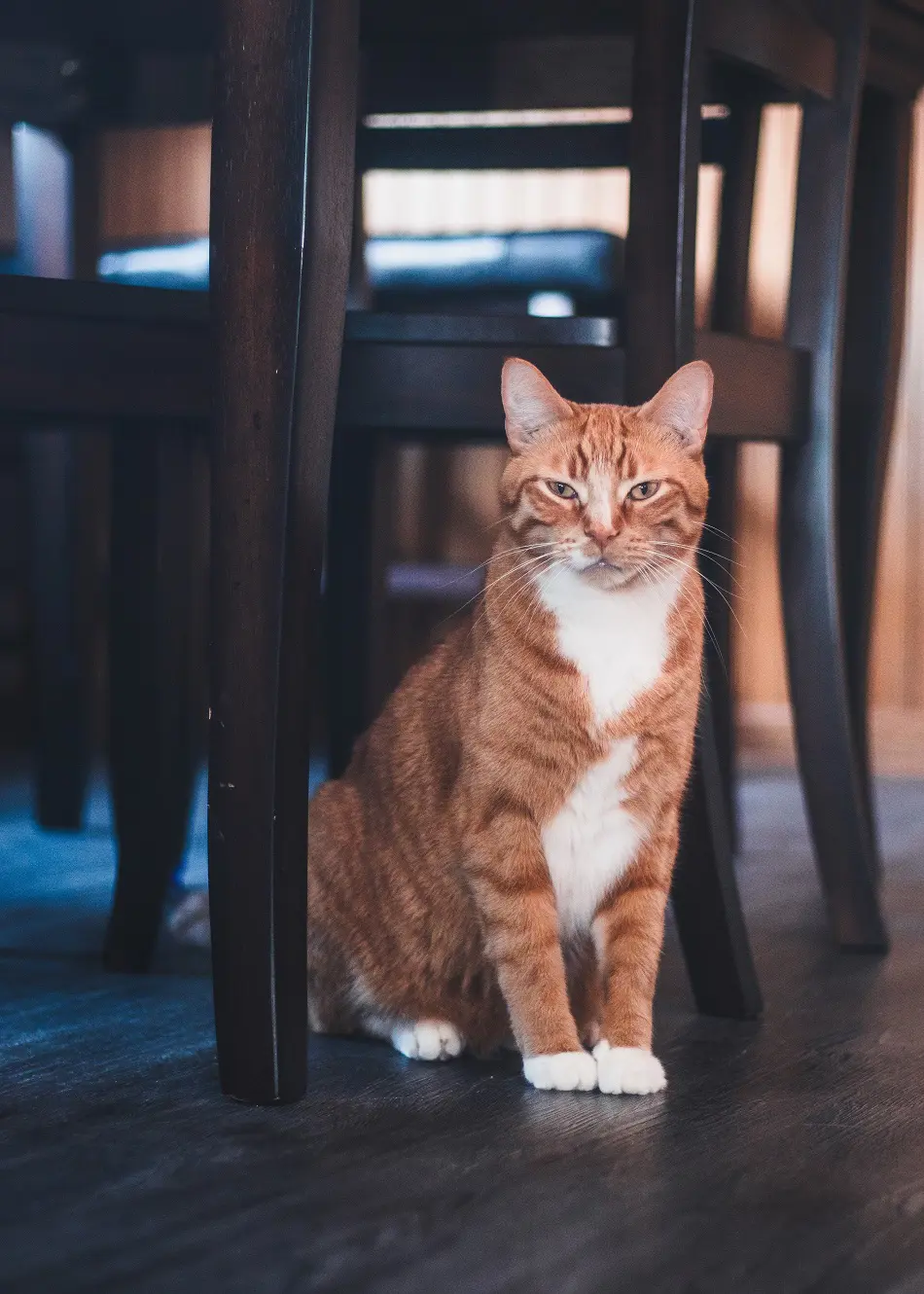
One of the most visible characteristics of skin tags is slow continuous growth. Defying tumors or any other growth, for that matter, that seemingly popped from nowhere and made them grow immediately, skin tags generally develop slowly over time.
This growth pattern is indicative of the fact that skin tags are not visible at first but will become more prominent in the coming weeks or months. If you observe a little bulge on your cat's skin that doesn't seem to have changed at all in size or shape, then it's most likely a skin tag.
Keep a close eye on it and note any changes in its appearance or size, which could indicate that a thorough examination by your veterinarian is in order.
4. Generally Asymmetric
Skin tags are normally asymmetrical because the size and shape tend to vary. This asymmetry is a characteristic trait that distinguishes them from other skin growths, such as cysts or tumors, which tend to be shaped more regularly and symmetrically. This skin tag resembles a harmless, irregularly shaped outgrowth but sometimes looks subtly crumpled or creased in texture.
As you check your cat's skin, watch for any abnormal growths that seem to be misshapen. If it grows one-sided but follows all other features of a skin tag, there is likely nothing to be concerned about. Nonetheless, always monitor it closely to ensure it stays benign.
5. Skin Tone Matching Color Consistency

A skin tag usually displays the color of your cat's skin, from a soft pink to deep brown depending on your cat's pigmentation indicating a key indicator in recognizing a skin tag on your cat. Unlike warts or moles, which can appear darker or more mottled than the rest of the skin, skin tags blend in and are therefore quite inconspicuous.
If, when examining your cat, you find a small flesh-colored bump that does not protrude from the surrounding skin, it is probably a skin tag. One of the vital characteristics that clearly distinguish skin tags from other types of skin anomalies is the uniformity of this color with the surrounding skin.
6. Soft And Flexible Texture
Skin tags are normally of soft or pliable texture. Growth appearing firm or rough in texture on the skin may indicate some other condition. When you touch a skin tag, it may shift a bit, giving the impression that it's loosely connected to the skin.
These skin tags are flexible because they are attached to the skin with a thin stalk, giving them their unique wobbly feel. Should you notice a small lump on your cat, one that seems soft and when pinched slides about under the skin, it is probably a skin tag.
This texture serves as one of the most revealing characteristics when it comes to differentiating skin tags from other serious skin conditions.
7. Freedom From Pain Or Discomfort
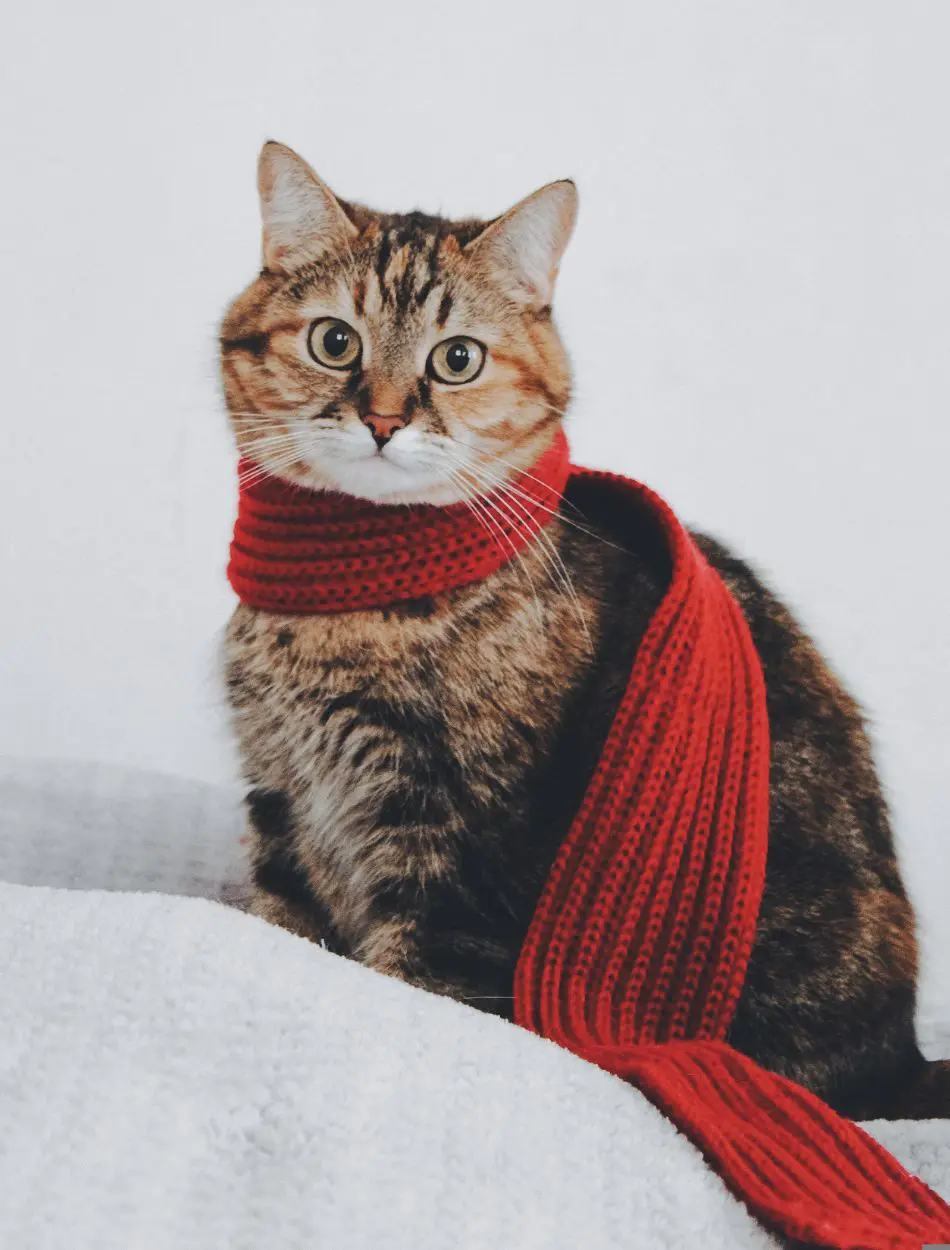
It is also reassuring that skin tags usually do not cause impulsive pain or pain in your cat. Unlike infections or tumors that may be painful or sensitive to the touch, skin tags are not painful and usually do not bother your cat. Your cat might not know the tag is there, except in cases when it finds itself in a place that will annoy.
While brushing if you find a small, soft bump that doesn't seem to cause any pain to the cat when you touch them, it's probably a skin tag. These need to be closely observed from time to time to check if they are growing or any other changes to find out if the tags become inflamed or painful, which must be checked by a veterinarian.
8. Absence of Inflammation
Healthy skin tags do not show inflammation or redness. They blend seamlessly with the skin, achieving no signs of irritation unless they are scratched or rubbed by mistake. Inflammation around a skin tag may indicate an underlying problem or that the tag has been irritated by external factors, such as the scratching or over-grooming of your cat.
It's very important to monitor growth if it looks like it has redness, swelling, or irritation that hasn't been noticed before. While it might just be a minor irritation, persistent inflammation could require veterinary attention to rule out any infection or other concerns.
9. Thin Hair Growing On Tag
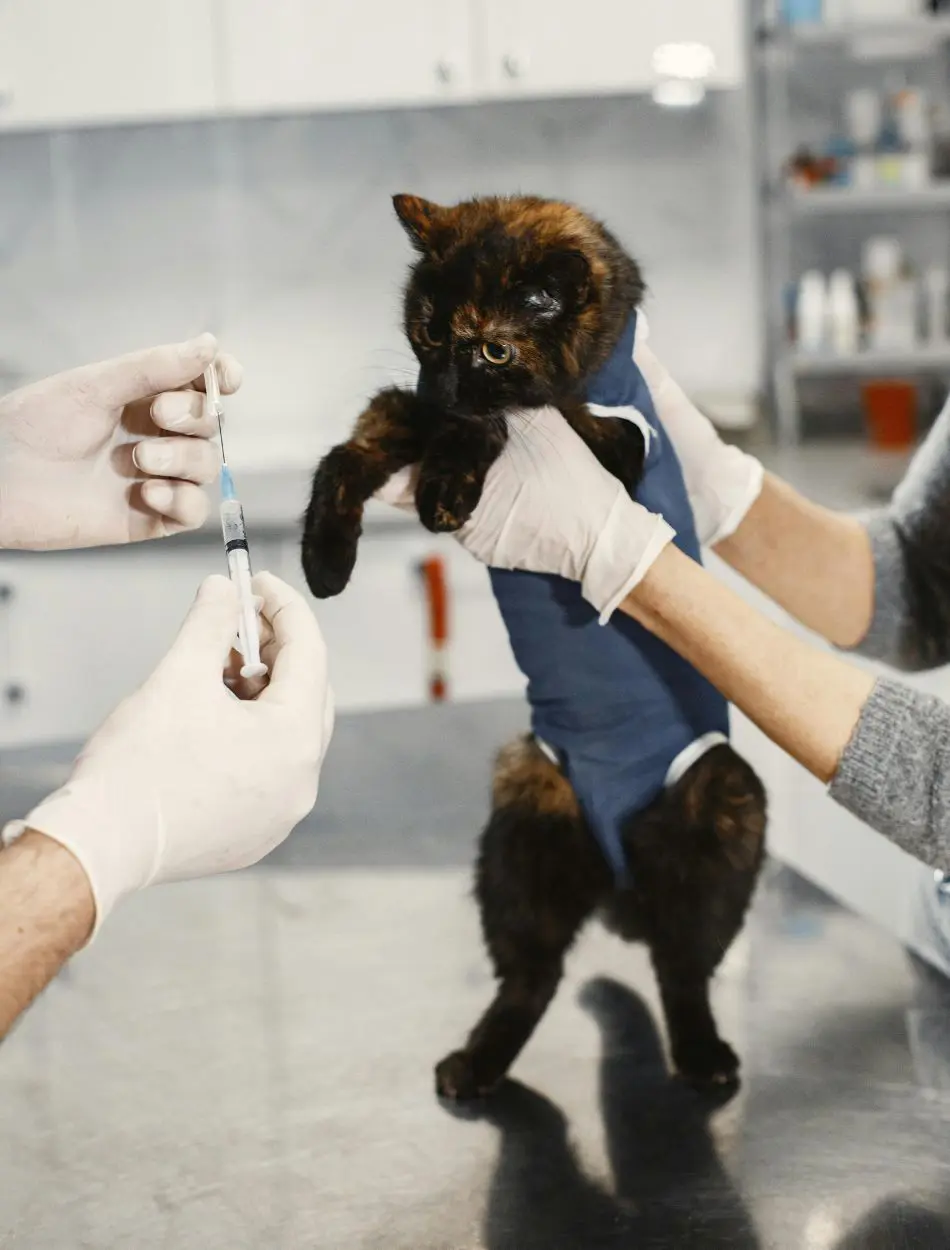
In many cases, skin tags occur in areas where hair growth is very sparse or completely absent. This can facilitate their identification in regions where your cat's fur is thick. The lack of hair around the skin tag could make it seem to stand out more obviously versus the neighboring furry areas, particularly if your cat has a long or dense coat.
A small, hairless bump is a call for a closer look during your grooming session. The absence of hair around the tag is a helpful feature in identifying it as different from other lesions that may still have some hair growing through or around them.
10. No Bleeding Or Discharge
Skin tags are generally dry and do not exudate or bleed. There's no reason to worry if you notice a small growth in your cat that remains dry with no excretion of fluids. It's probably just a skin tag.
Bleeding or discharge from skin growth may be an indicator of a more serious issue, such as infection or a malignant tumor, and a veterinarian must be consulted.
Regularly check the skin of your cat for abnormalities. If you notice a dry bump that does not bleed, it is likely a benign skin tag. However, always keep an eye out for any changes that could indicate a different condition.
11. Rarely Change Through Time
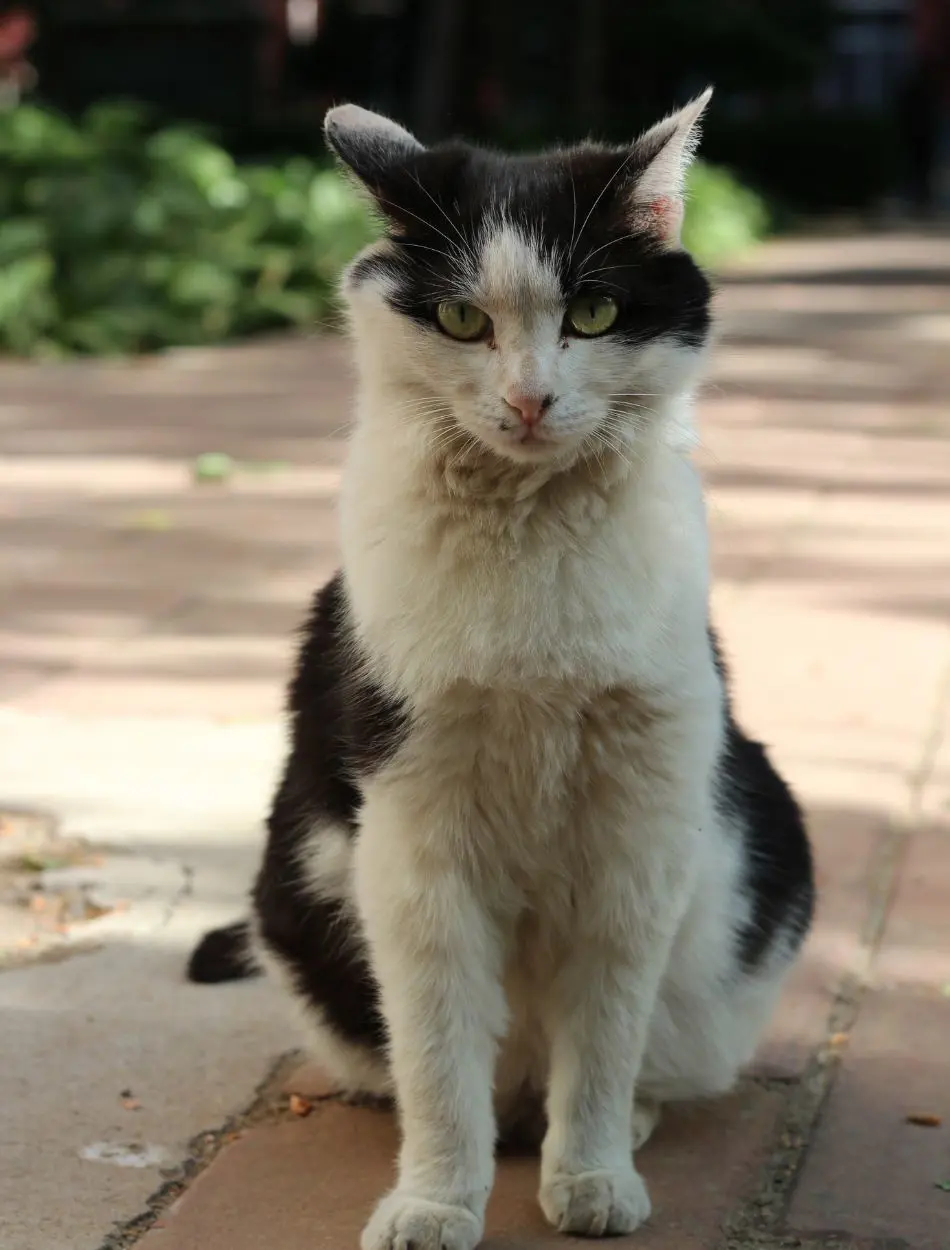
Skin tags, once formed, usually neither increase in size nor change in appearance. They remain in size and shape, so they make a permanent feature of one's cat's skin. This stability mark hints at not being worried; it could just be a skin tag that is there, and not something sinister or dangerous.
If you ever notice a small bump on the skin of your cat that has not grown or changed for weeks or even months, you might have seen a skin tag. It is still necessary to continuously monitor so that changes do not suddenly occur that would necessitate further review.
12. Free From itchiness or Irritation
Unlike some skin conditions that can be itchy or uncomfortable, skin tags often go completely unnoticed by your cat. They do not irritate or make the cat uncomfortable, so your cat might not even seem to notice them. The lack of any irritation should serve as a major indication that growth is most likely only a benign skin tag.
If your cat refrains from scratching or licking at the growth, and if it appears to be causing no discomfort, it serves as a strong indication that the bump is likely a skin tag. Nevertheless, in the case that the area becomes irritated, one should consult one's veterinarian to exclude other potential problems.
13. Single Or Multiple Tags

Cats can have a single skin tag or multiple tags spread over several parts of their body. It is not surprising to find more than one tag, and their presence does not indicate any serious condition. These tags may occur in large groups or singly, usually in areas of the body that include the neck or under the legs.
During your regular grooming periods, look out for new growth. If you notice a handful of them scattered in different places, they probably are skin tags that are small, soft, flesh-colored. Monitor their appearance to help you ensure they remain safe.
If you discover lots of tags on your cats, there will be no immediate cause for alarm but for the well-being of cats you should regularly monitor their health. Being vigilant about the skin of the cats and any changes in size, color, and texture of the tags will do well for them in the long term.
14. No Attachment To The Underlying Tissues
Unlike tumors or cysts, which can be found below the skin or inside other tissues, a skin tag is superficially attached only to the epidermis which is the outer layer of skin making them easily moved by touching. This type of attachment makes them distinctive and easier to identify compared to the papillomas attached further in.
If you discover a growth in your cat that appears loosely attached to the skin and shifts effortlessly when touched, it is likely a skin tag. The absence of an anchoring connection to underlying tissues offers confidence that the lesion is indeed a truly benign process. Their superficial nature makes them less harmful and less concerning compared to more deeply rooted abnormalities.
15. Common in Older Cats

Skin tags are more common in older cats, as their skin tends to lose some elasticity with age and therefore is more likely to form these benign growths. The older your cat gets, the more likely it is that those small bumps you find are just skin tags and not a symptom of anything major happening.
As your older cat ages, it's important to monitor your cat's skin. Observing small, soft, flesh-colored growths in an older cat is probably just a natural part of the aging process. Regular veterinary check-ups will ensure that these tags are monitored continuously and remain harmless.
Importance Of Regular Monitoring of Skin Tags
Routinely checking your cat's skin can help identify skin tags early, which can protect the general health of your feline. Skin tags are small, benign growths that adhere to the skin surface. Although these growths are generally benign, at times, they may be mistaken for more serious conditions.
By regularly inspecting your cat during grooming sessions, you can detect these skin tags early, which enables proper identification and monitoring. This habit holds special significance for older cats, as they are more susceptible to developing skin tags owing to a decline in skin elasticity.
This also involves your veterinarian in the process, but most skin tags are just cosmetic nuisance, and evaluation and removal by professionals mitigate the chances of more hazardous skin conditions such as tumors or cysts. This proactive approach ensures peace of mind and any required action will be taken with speed. Combined with a veterinarian's expertise, consistent monitoring adds to your cat's skin health and general well-being, making any possible skin tags easier to manage.
Top Lists


